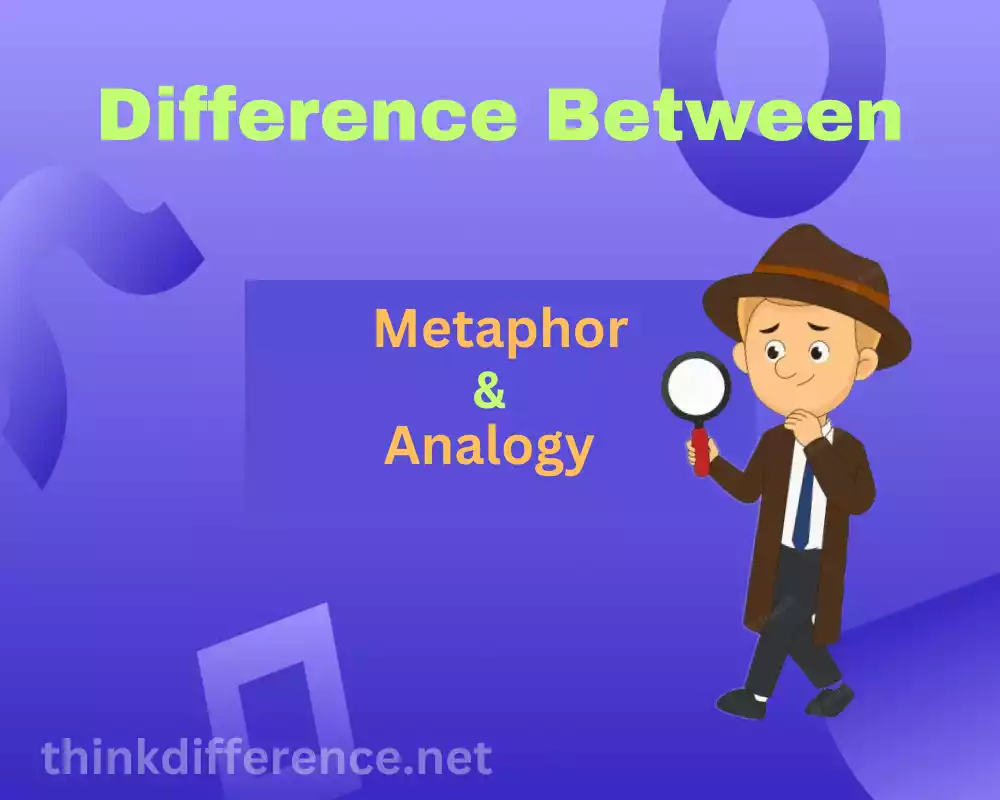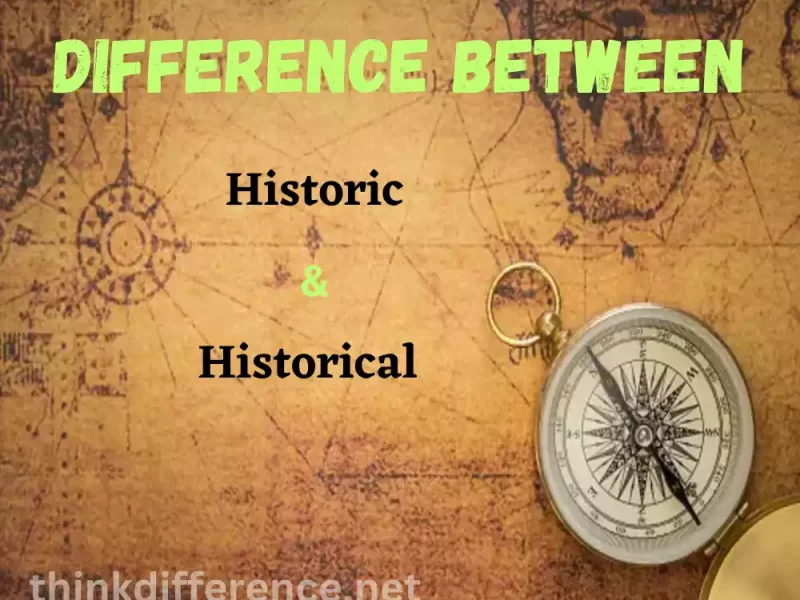Introduction of Metaphor and Analogy
Metaphor and Analogy are invaluable tools in the world of communication and language, providing a way for complex ideas and concepts to be conveyed clearly to their intended recipients in an understandable and relatable manner. Literary devices like metaphors can create vivid images in our readers’ imaginations while offering new perspectives by juxtaposing seemingly disparate concepts; this article looks into various applications for analogies and metaphors across several fields and how these literary devices foster creativity while broadening comprehension.
Definition of Metaphor
Metaphor is an expression using figurative language to compare two concepts or ideas, emphasizing their similarities by drawing parallels between one idea and the other using descriptive imagery and words; using metaphoric comparison allows readers to visualize vivid comparisons; the use of symbolic comparison allows readers or listeners to understand its deeper significance.
Metaphors can also enhance descriptions, express abstract thoughts and trigger emotions in poetry, literature or everyday conversation. By linking familiar ideas together with unfamiliar ones they provide new perspectives and insights.
Definition of Analogy
Analogies are an invaluable way to explain or clarify complex ideas by drawing parallels between related ideas or scenarios or drawing parallels from different subjects that relate to one another.
Analogies use words such as “like” or “as” explicitly rather than metaphors when making comparisons; an analogical comparison helps bridge the gap between abstract or complex ideas and everyday reality by emphasizing similarities or disparate features that create connections among them – as well as making abstract or complex ideas more approachable and approachable for anyone to comprehend them more readily.
Analogies can also assist in simplifying complicated concepts as part of education, communication, science research projects as problem-solving tools in various industries such as education, communication science research projects as problem-solving applications as in other industries like education communication communication science problem solving fields as education communication science problem solving etc.
Importance of understanding the difference between Metaphor and Analogy
Understanding the difference between metaphor and analogy is important for several reasons:
- Effective Communication: Distinguishing between metaphors and analogies helps ensure more precise communications, selecting the ideal rhetorical device to express any particular idea or message. Misuse or confusion of either term could result in misinterpretations and miscommunication, leading to misunderstands.
- Metaphor and Analogy: Understanding their differences enables individuals to communicate more efficiently. Metaphors can create vivid imagery and stir strong emotional reactions while analogies provide great explanation of complex concepts by making them relatable for audiences of any background.
- Literary Analysis: Being able to discern between metaphors, analogies and other literary devices will enable readers to better grasp an author’s intention and artistic choices as well as gain greater insights into themes and symbolism present within a text.
- Analogies and Metaphors: Analogies and metaphors can be an invaluable asset when solving problems and encouraging critical thinking. Analogies help create connections across domains to uncover patterns or solutions more readily while metaphors inspire creativity to offer alternative approaches to challenges.
- Learning and Education: Understanding the differences between metaphor and analogy can be extremely useful when working within educational environments. Analogies provide educators with a powerful way to simplify complex topics for their students while metaphors bring life and engagement, making learning enjoyable and memorable experiences for learners.
- Effective Writing and Persuasion: Writers and Speakers can utilize metaphors and analogies in order to enhance their persuasive abilities, providing vivid descriptions, evoking emotions or providing persuasive explanations depending on context or desired impact on audience members. Knowing their differences allows writers to select appropriate device(s).
Understanding the difference between analogy and metaphor is critical for effective communication, critical thinking, literary analysis and learning; as well as persuasive expression. Individuals can select the most applicable rhetorical device suited for their situation thereby improving their ability to convey ideas more clearly, build bridges more quickly or engage others more successfully.
What is Metaphor?
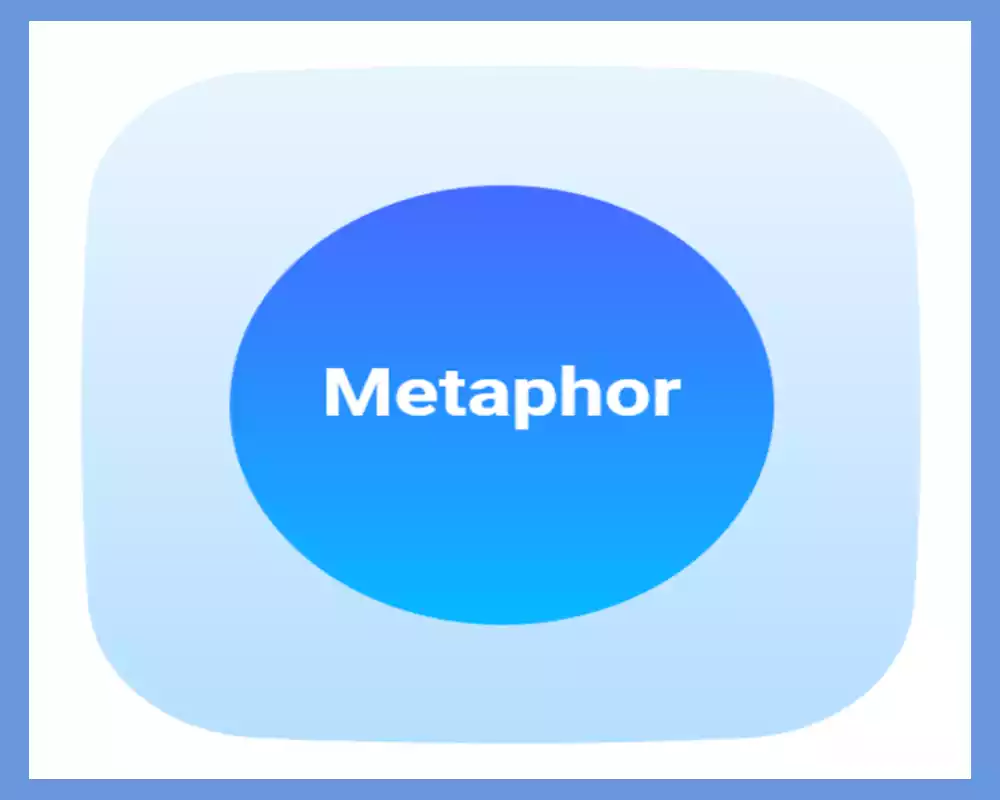
Metaphor is an expressive device which draws comparisons between unrelated concepts without using “like” and “as”. A figure of speech that compares unrelated objects by asserting their similarity.
Metaphors add depth and richness to language by creating vivid pictures and stirring emotions; by linking abstract ideas with concrete ones they help us better comprehend or experience abstract or complex ones, metaphors provide greater comprehension as we see the world from different angles and make connections more easily. They have long been used in poetry, literature, conversation and scientific and technical discourse as tools – helping us see things we would otherwise miss.
What is Analogy?
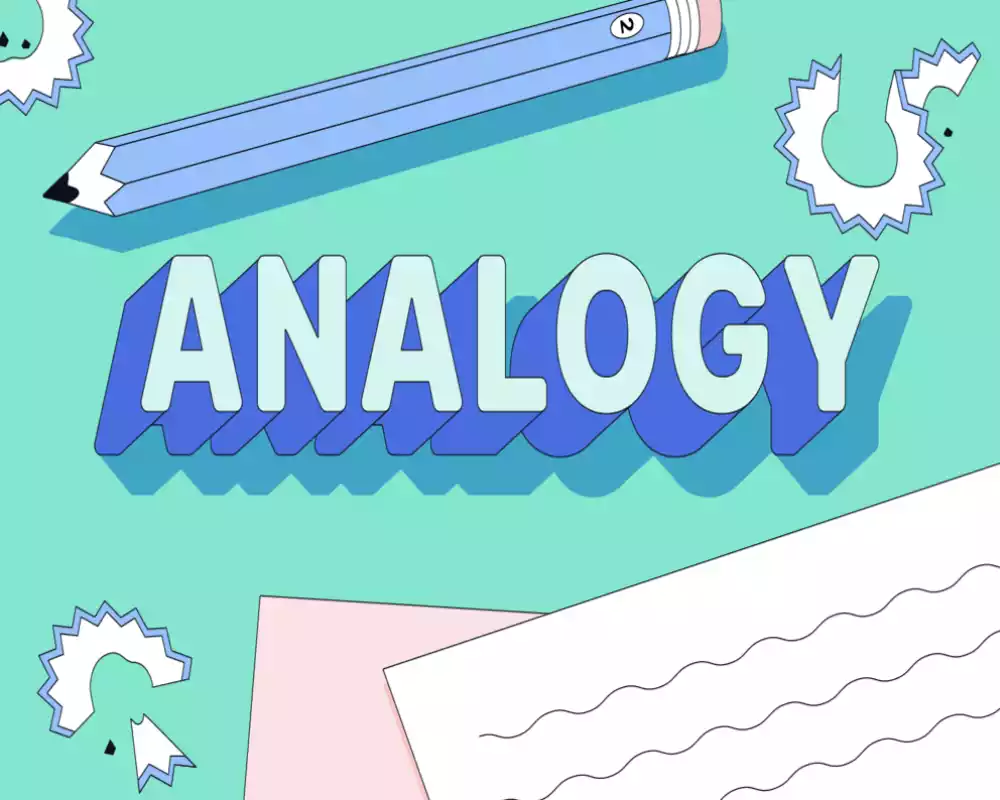
Analogies are cognitive tools designed to explain or understand something by drawing parallels between two items or concepts that are similar – this technique may help in clarifying or illustrative of target ideas that might otherwise remain unfamiliar or vaguely understood. When drawing such analogies it’s necessary to draw parallels from something familiar (the source) with something less so (the target). An analogy is used to establish comparison by juxtaposing words such as “like” or “as”.
Analogies serve to bridge the gap between what is known and unknown by drawing attention to similarities or relationships that make unfamiliar or complex topics easier for readers to grasp. Analogies can be useful tools in simplifying complex ideas, improving comprehension and encouraging learning across a range of domains. Analogies enable people to apply their knowledge from one area or context to the next and form connections across contexts more quickly than otherwise would be the case.
Differences between Metaphor and Analogy
There are several key differences between metaphor and analogy:
1. Basis of Comparison:
- Metaphor: Metaphors are used to depict two concepts or ideas which have no real relationship, by employing imagery and language with similarity between them, without explicitly saying so. They provide insight into comparing ideas without directly asserting it.
- Analogy: Analogies are comparisons of concepts or ideas with similar features that share similar properties or concepts, typically using words such as “like” and “as”. To draw the analogies out further.
2. Purpose and Focus:
- Metaphor: Metaphors are used to conjure images that evoke strong emotional reactions and provide symbolic representations, as well as enhance descriptions and convey abstract ideas.
- Analogy: Analogies can help explain and clarify complex topics by making them simpler for all involved to grasp.
3. Level of Abstraction:
- Metaphor: Metaphors tend to be more subjective and abstract, encouraging creative thought and permitting flexible interpretation.
- Analogies: By drawing parallels between things of similar characteristics or relationships, analogies aim to foster connections and increase understanding.
4. Structural Elements:
- Metaphor: Metaphors do not use words such as “like” and “as” to compare things; their comparison is implied through suggestive language or symbolic imagery.
- Analogy: Analogies use words such as “like” or “as” to create direct parallels between target concepts and source ones.
5. Usage and Context:
- Metaphors: Metaphors can be found throughout poetry, literature and other creative expressions to add depth, imagery and emotional resonance.
- Analogy: Analogies can be applied in many fields of activity – education, science and problem-solving all feature prominently among them. Analogies serve to simplify complex ideas while increasing comprehension. Analogies build connections across domains.
Both metaphor and analogy can be understood as comparisons. There are subtle distinctions in terms of purpose, structure, level of abstraction and contexts in which each is used. Understanding their differences helps select an effective rhetorical device for your communication or expression needs.
Application and Examples
Application of Metaphor:
- Literature and Poetry: Metaphors can be powerful ways of conveying complex or vague concepts, creating vivid pictures and stirring the emotions. Shakespeare’s “As You Like It”, for instance, employs metaphors extensively in comparison life to being staged like a play and stressing its fleeting nature as evidenced in metaphorical references in its dialogue and scenes.
- Advertising and Marketing: Metaphors can help make products or services more memorable and appealing, such as in car advertisements which often use predator imagery to convey speed and power. An Audi commercial might use predator imagery in its campaign in order to communicate speed and strength to viewers.
Application of Analogy:
- Science and Education: Analogies can be an excellent way of explaining complex scientific concepts. A good analogy would be to compare electrical current to water flowing through pipes – this way highlighting their similarities in flow patterns and behavior.
- Problem-Solving and Decision-Making: Analogies can be useful tools in solving problems by drawing parallels between situations, applying similar solutions or strategies and finding novel answers by sharing knowledge across domains. Analogical reasoning allows problem solvers to discover inventive answers by tapping into previously acquired knowledge for effective problem-solving and decision making strategies.
Examples of Metaphor:
- “Time is money”: This metaphor implies that time is valuable and should be used wisely, equating it to a valuable resource like money.
- “He’s a shining star”: This metaphor compares a person’s exceptional qualities or achievements to the brilliance and radiance of a star.
Examples of Analogy:
- “Life is like a box of chocolates”: This analogy, popularized by the movie “Forrest Gump,” compares life to a box of chocolates, where you never know what you’re going to get. It suggests that life is full of unpredictable and varied experiences.
- Explaining the concept of natural selection in evolution by comparing it to a “survival of the fittest” scenario, where individuals with advantageous traits are more likely to survive and reproduce.
These examples demonstrate how metaphors and analogies can be effectively employed across diverse contexts to improve communication, clarify concepts and foster understanding. These instances demonstrate rhetorical devices’ versatility when applied in advertising literature education or solving problems.
Metaphors and Analogies in Education
Analogies and metaphors play an essential part in education, helping students grasp and retain complex topics with ease. By making relatable comparisons and simplifying abstract ideas more quickly and engagingly for them to learn about; metaphors and analogies help enhance education even further.
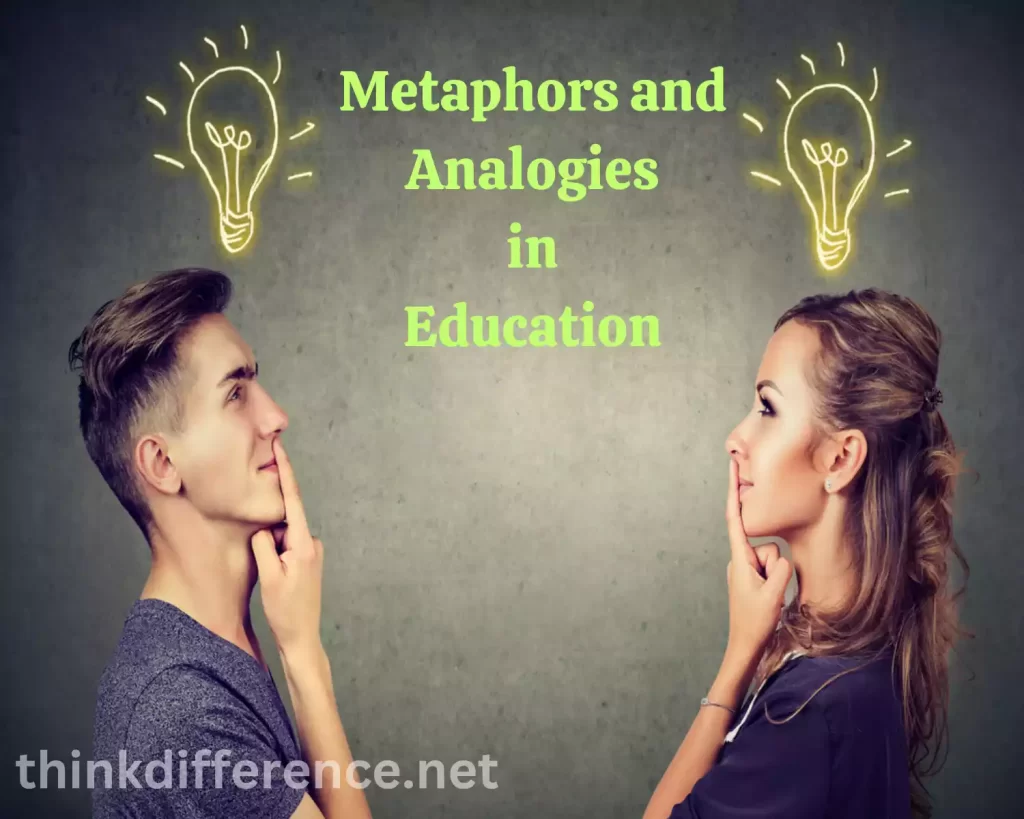
Here are a few examples of their use:
- Conceptual Understanding: Metaphors, analogies and concrete examples can be effective ways of conveying difficult concepts to students. When first introduced to electricity as an example for understanding electron movement a teacher might use an analogy such as rivers flowing to explain it better.
- Problem Solving: Analogies can be powerful tools in problem-solving. Students can employ similar strategies or solutions by drawing parallels between situations. Analogical reasoning fosters creativity while developing problem-solving abilities.
- Science Education: Metaphors and analogies can be powerful ways of explaining scientific phenomena to students. Comparing an electron’s structure with that of a miniature solar-system provides them with the visual imagery required for understanding its subatomic arrangement.
- Language Learning: Metaphors and Analogies can be powerful teaching aids when used for foreign-language teaching, helping explain grammar rules, vocabulary lists and idiomatic expressions in an understandable fashion to students from their native languages.
- History and Social Studies: Metaphors can bring historical events, social concepts and current experiences alive for students, helping them better appreciate the significance and relevancy of historical events through comparison to contemporary situations.
- Mathematical Concepts: Analogies can be an effective tool in teaching mathematical concepts. When discussing fractions, for instance, teachers could use an analogical pizza slice split up evenly as an explanation for this concept.
- Literature Analysis: Memes play an integral part in literary analysis by providing insight into themes and symbols within texts, helping students gain deeper comprehension by dissecting metaphors within each text they examine.
Teachers can enhance students’ learning experiences by including analogies and metaphors in their lessons, making lessons more memorable and engaging for pupils. Anthologies help children connect existing knowledge to new information more quickly while simultaneously developing critical thinking, comprehension skills and creativity in students. Metaphors encourage pupils to be imaginative while making connections between lessons learnt at school with real world situations that they encounter later.
The Limitations of Metaphors and Analogies
Electronic communications tools provide powerful ways of communication and education, they do have certain restrictions which must be observed. Examples include:
- Incomplete Representations: At times, metaphors, analogies and similar tools simplify complex ideas by emphasizing only certain aspects. While this approach might simplify matters further, this simplification might result in incomplete representations of original concepts – which might distort or oversimplify it altogether.
- Subjectivity and interpretation: Metaphors can be subjective in interpretation and understanding by different individuals; therefore resulting in potentially confusing interpretations if not properly communicated to.
- Contextual Restraints: When used metaphors and analogies depend heavily upon their context for effective usage; culturally or contextually specific analogies often don’t work when introduced into unfamiliar or cross-cultural settings.
- Limitations of Similarity: Similarity does have its limits. Even while metaphors, analogies and comparisons use similarities between concepts to find accurate and complete comparisons, sometimes there may be gaps or misalignment if not all aspects of an idea align perfectly.
- Over-reliance and simplification: Relying too heavily on analogies and metaphors to explain complex topics may result in oversimplification and reductionism; some ideas cannot be captured completely with just one analogy or metaphor; this leads to superficial understanding and may mislead people away from exploring deeper issues.
- Misleading or inaccurate comparisons: Metaphors and analogies carry the potential to provide incorrect or misleading comparisons if their similarities don’t line up or either concept has an incorrect understanding. Such mismatches could result in inaccurate or misleading comparisons that endanger everyone involved in making them.
- Cognitive Load: Processing metaphors and analogies is cognitively demanding; individuals must comprehend comparisons before applying them to target concepts. Analogies or metaphors may add cognitive load if their comparisons are unfamiliar or complex.
Employing metaphors and analogies effectively is an integral component of education, communication and learning. Comparisons must be accurate and relevant to their intended meaning; by pairing metaphors and analogies with direct explanations or additional supporting material you can overcome their potential shortcomings.
Conclusion
Metaphors and Analogies are not merely literary devices but fundamental components of human communication and understanding. From literature and education to business and science, metaphors and analogies shape our perception of the world and help us connect with others on a deeper level. Embracing these creative tools can foster creativity, improve communication, and ultimately enrich our lives.

